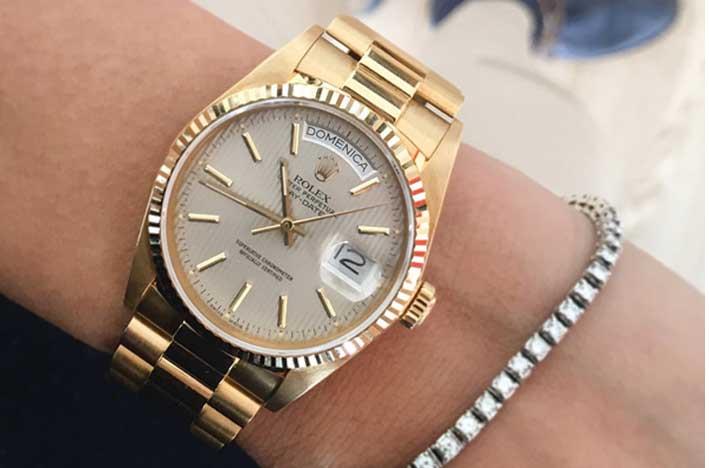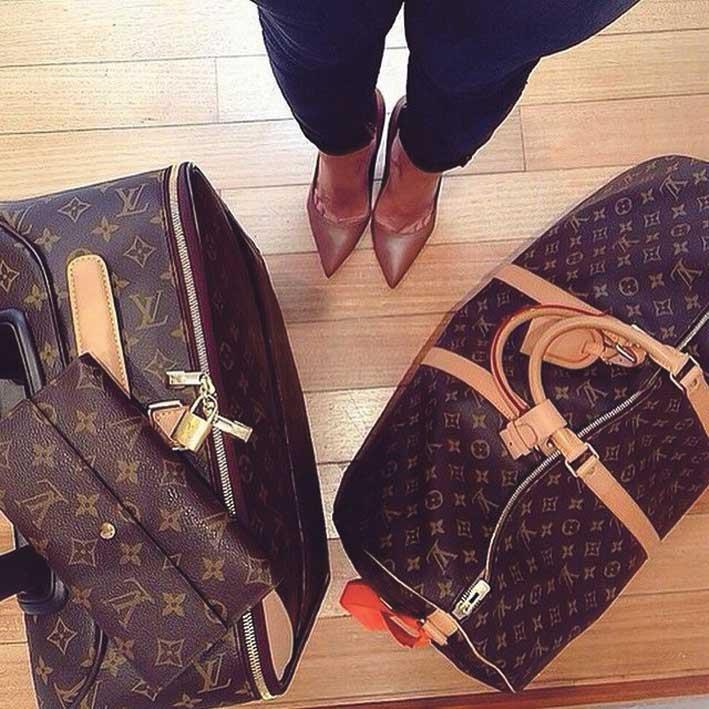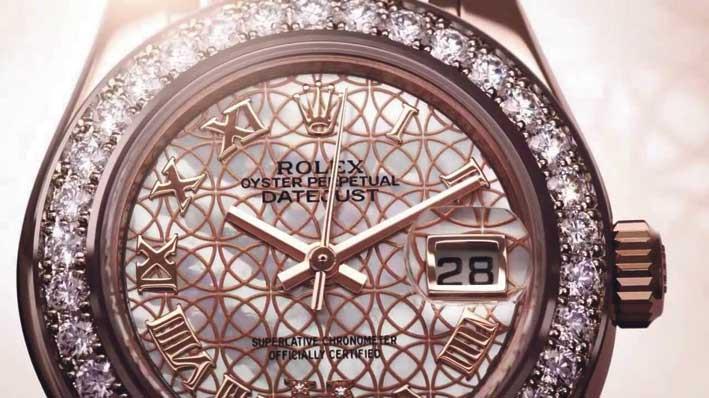The pricing of fakes says something significant about how the human mind calculates value. For new fashion brands, it's almost prestigious to be copied, because it shows that the item is worth copying. Why? We want the genuine, expensive bag, not because it holds our things better or is of a better quality, but because it's the real one. How much would you pay for a fake panting? While a Rolex is a lovely piece of time-keeping machinery, the value of the watch has nothing to do with its function. Instead, it depends on the authenticity of the brand.

It is easy to ridicule this behaviour as being mere snobbery. Some people might look down on those carrying Louis Vuitton luggage, or those telling people about their new Chanel bag, or wearing shoes with a big logo. Some probably assume that they've just wasted a lot of money on something very expensive just to show off, or because they're struggling with low self-confidence.
A clever experiment, conducted by psychologists Bruce Hood and Paul Bloom taught us that the craving for authenticity and brands is due to something much deeper. They tested 43 children between the ages of three and six. The children were shown a 'copying machine' - it was actually a tachistoscope that had been modified to have flashing lights and buzzers - and told that it could make an exact copy of any object. After the machine had been demonstrated for the kids - the scientists 'copied' a block and a rubber animal - Hood and Bloom then told the kids that the machine could also duplicate toys. A 'stretchy man' was then placed in the box and the illusion repeated. Interestingly, the young children actually preferred the 'duplicate' toy and chose it 62 per cent of the time. They weren't worried about the 'authenticity' of the stretchy man.

It's the same mechanism that we have for brands. Although we outgrow stuffed animals, we never get beyond the irrational logic of authenticity and essentialism. The value of certain items depends largely on their legitimacy. We want those logos to be real and the reason for this is because the brand has effectively woven itself into our emotional brain. There are many roses in the world. But there is only one bunch of roses for me. The best brands are roses.
Five ways to spot a fake!
1. Craftsmanship. The quality is impeccable. The pattern is mirrored exactly on both sides of the stitches. If there is a pocket, the pocket's pattern stitches will be perfectly aligned to the rest of the bag and there is always the same number of stitches on each side of the bag.
2. The lining. Counterfeiters rarely have a good view of the inside of a bag. Typically they are working from photographs, which tend to distort colour, so if you have actually seen the colour in a boutique, you immediately have an advantage. It should be precisely the same shade as the real thing and not a close approximation.
3. The pockets. Here too, it is easy for counterfeiters - who are working from photographs, rather than copying the real thing - to get it wrong. Scafidi has a fake Chanel tote on which copyists omitted the pocket on the back, and a Coach on which they included the back pocket but added a zip.
4. Place of manufacture. Some counterfeiters routinely mark Louis Vuitton knock-offs 'Made in France'. But, in actual fact at least one line was made in Spain, the result of collaboration between Louis Vuitton's creative director Marc Jacobs and the artist Takashi Murakami, featuring cherry blossoms with whimsical smiley-face centres against the company's classic brown toile background.
5. Mis-spellings. In her collection of counterfeit bags, Scafidi has a Coach labelled 'eatherware' (the "l" in the word is omitted). Goyard counterfeiters made an even more egregious error, spelling the company's name 'Gooyar' on both the printed canvas of the bag and its dust cover. That was a dead giveaway!
